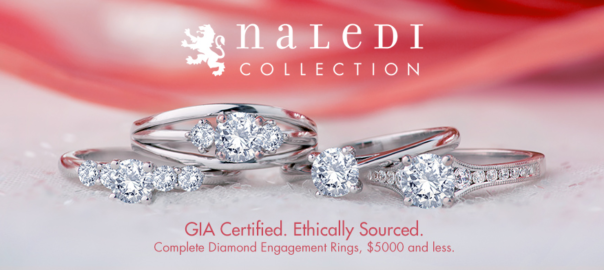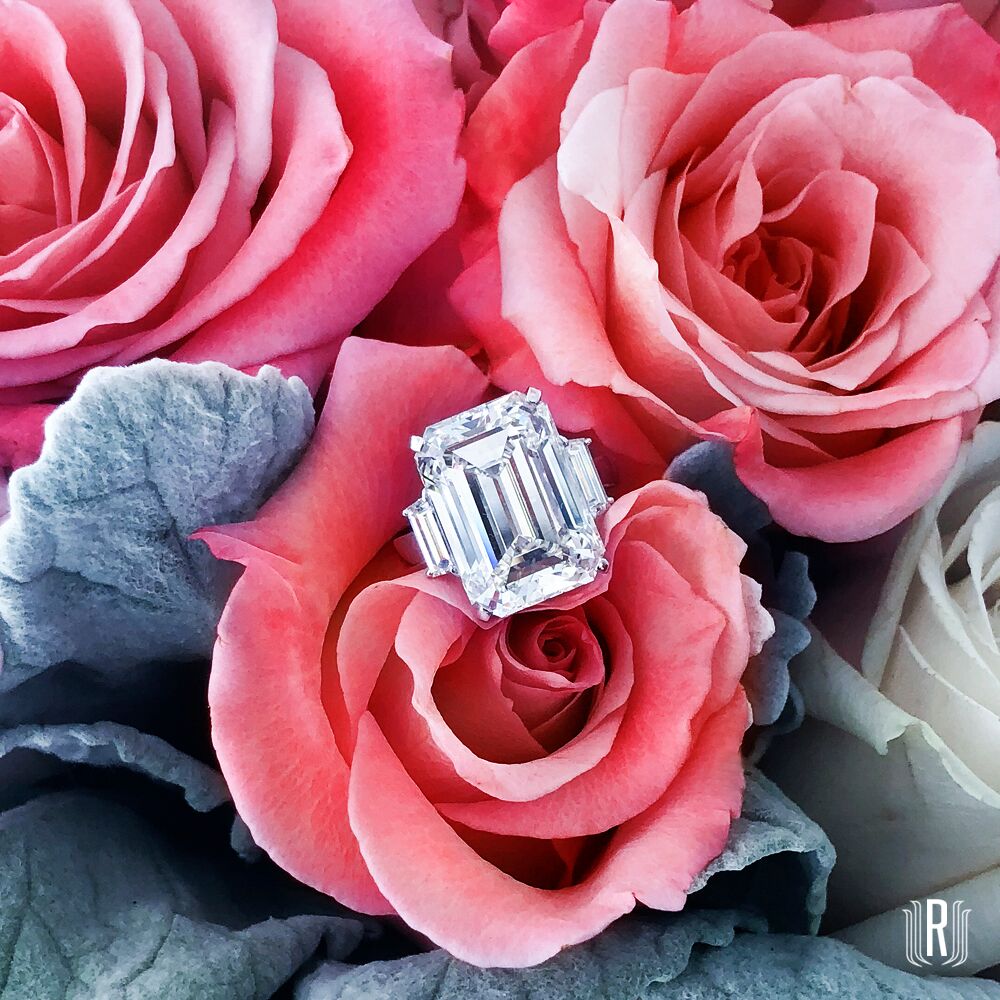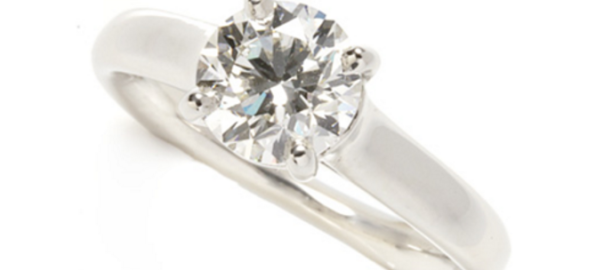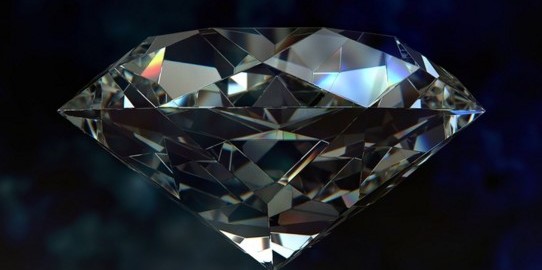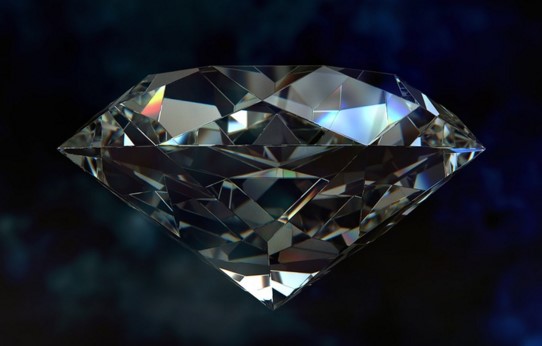New Engagement Rings Website
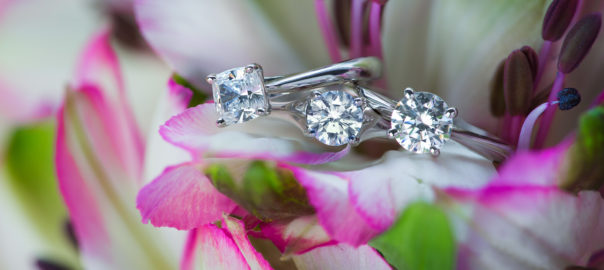
With Valentine’s Day, the second most popular day for proposals, coming up. We redesigned our Schwanke-Kasten Jewelers engagement rings website to be more intuitive.
We created an easy-to-use web page to help you understand how to select the perfect diamond engagement ring.
Start at the diamond education page, “All About Diamonds”, where briefly highlight several questions you should ask yourself before shopping. Then dive into the 4 C’s of diamond quality. The actual diamond is the bulk of your cost; therefore, it’s very important to fully understand what you are looking for when selecting a diamond.
Once you have an idea of what kind of diamond you want, we recommend checking out our “Engagement Ring Mounting Ideas” page to see the different ways your beautiful diamond can be mounted into a ring setting. While the rings showcased here represent some of our more popular styles, we encourage you to stop in at our Whitefish Bay location to see our complete engagement collection. With an on-site GIA certified gemologist and a goldsmith we can easily make your dream ring a reality.
Have the ring? Here are some ideas on where to propose in Milwaukee.

